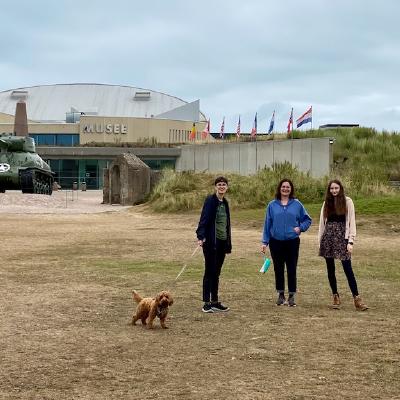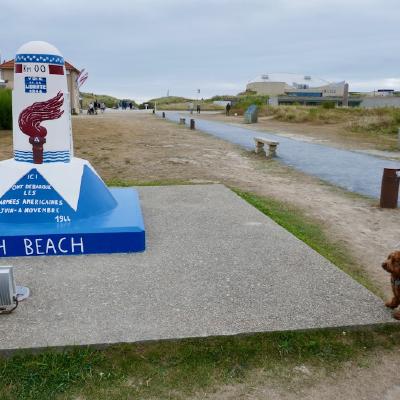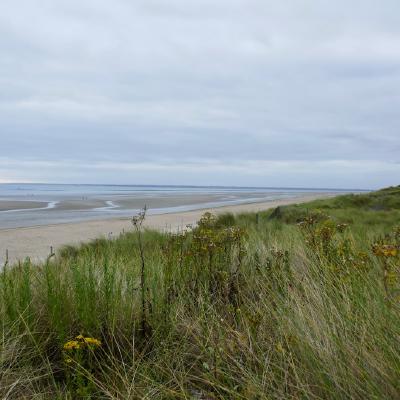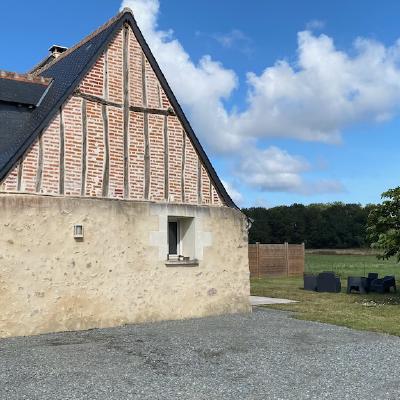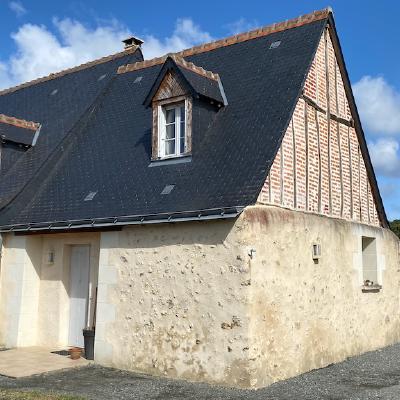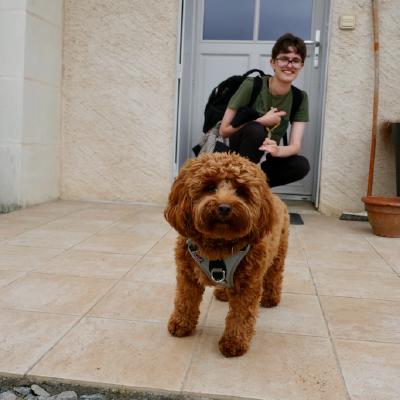Blog
Château de L'Islette
Château de Chenonceau
The Château de Chenonceau is built spanning the river Cher and is one of the best-known châteaux of the Loire Valley.
La Membrolle sur Choisille
On the first day in Fondettes we headed out for an evening walk along the nearby rivers - we'd expected to be able to take a circular route, but it appeared that the return route would be through a field of sheep which we decided probably wasn't best with Nova so we retraced our steps back along the way we'd come from.
